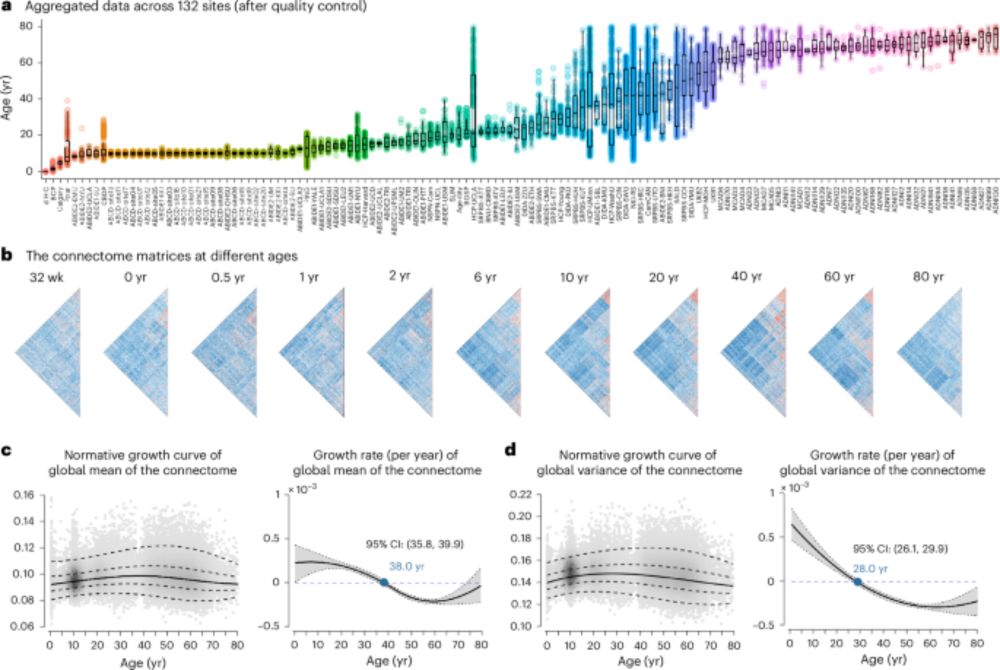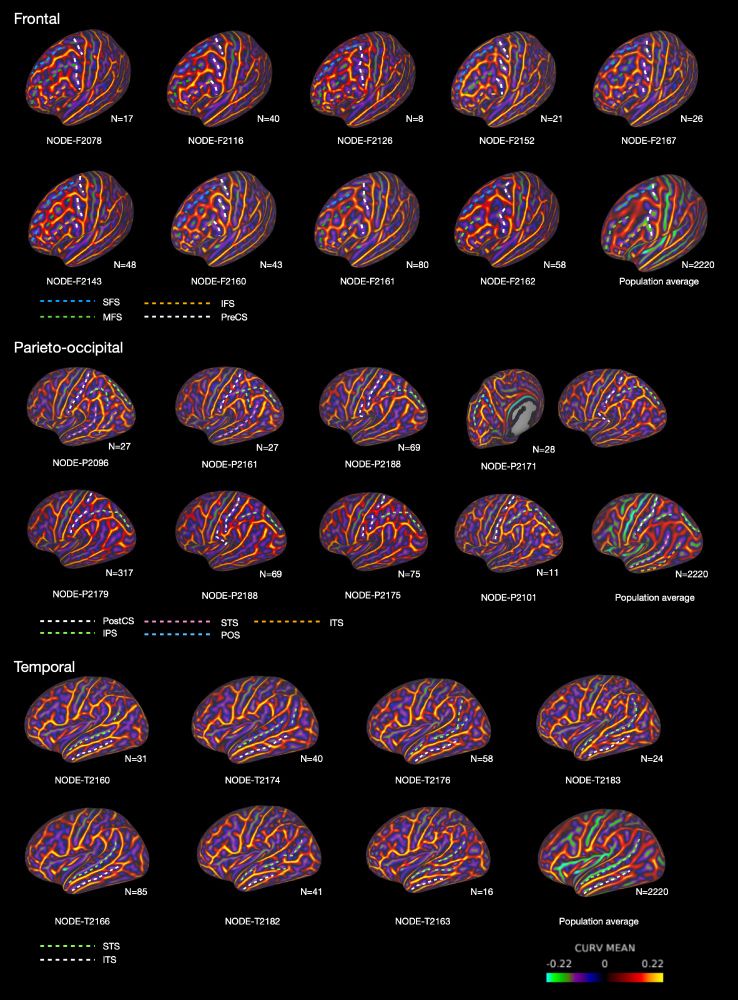Posts
Media
Videos
Starter Packs
Pinned
Reposted by Yourong Guo
Lianglong Sun
@longonga.bsky.social
· Apr 4

Human lifespan changes in the brain’s functional connectome - Nature Neuroscience
Sun et al. report human lifespan changes in the brain’s functional connectome in 33,250 individuals, which highlights critical growth milestones and distinct maturation patterns and offers a normative...
www.nature.com
Yourong Guo
@yrguo.bsky.social
· Mar 9

Motifs of brain cortical folding from birth to adulthood: structural asymmetry and folding-functional links
Cortical folding of brain is widely regarded as an interplay between genetic programming and biomechanical forces, closely linked to cytoarchitectonic regionalisation. Abnormal folding patterns are fr...
www.biorxiv.org
Yourong Guo
@yrguo.bsky.social
· Mar 9
Yourong Guo
@yrguo.bsky.social
· Mar 9
Yourong Guo
@yrguo.bsky.social
· Mar 9






